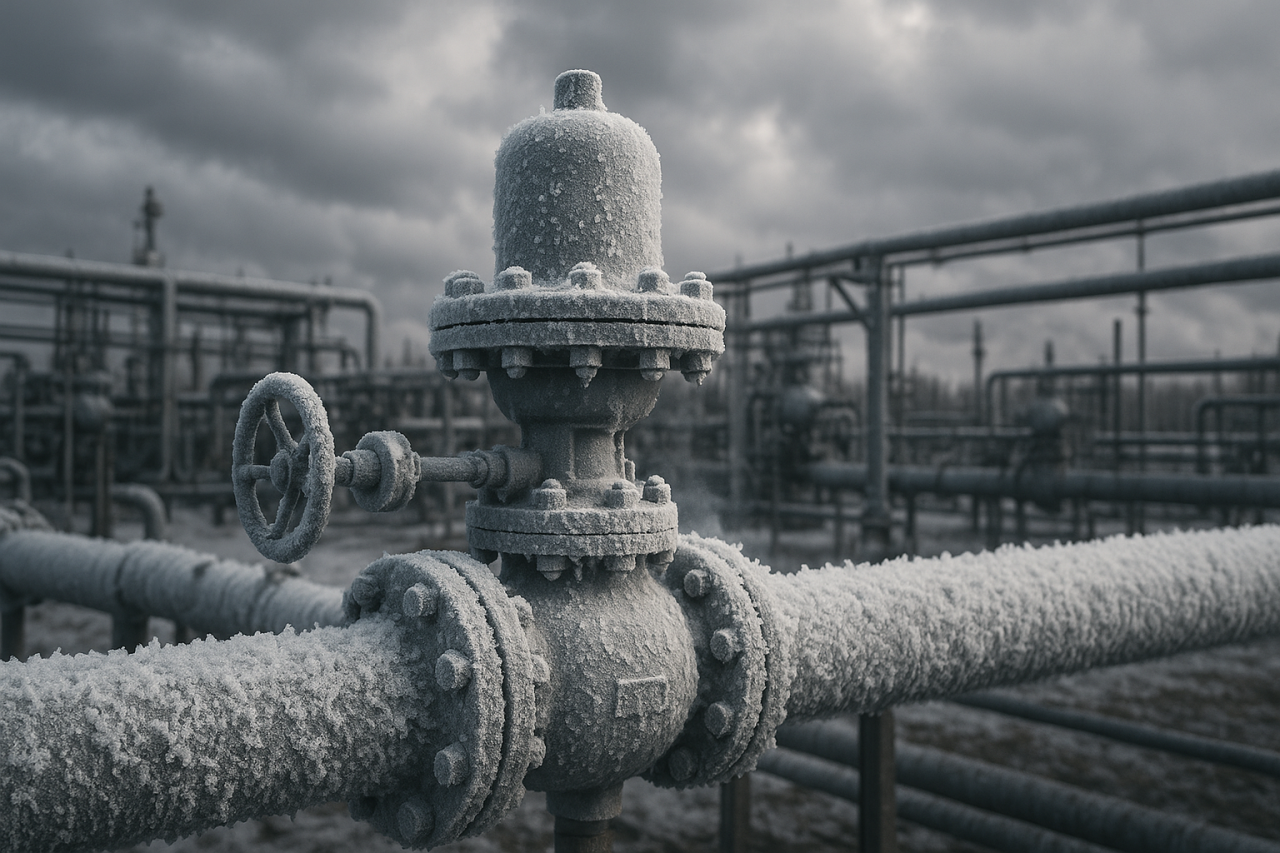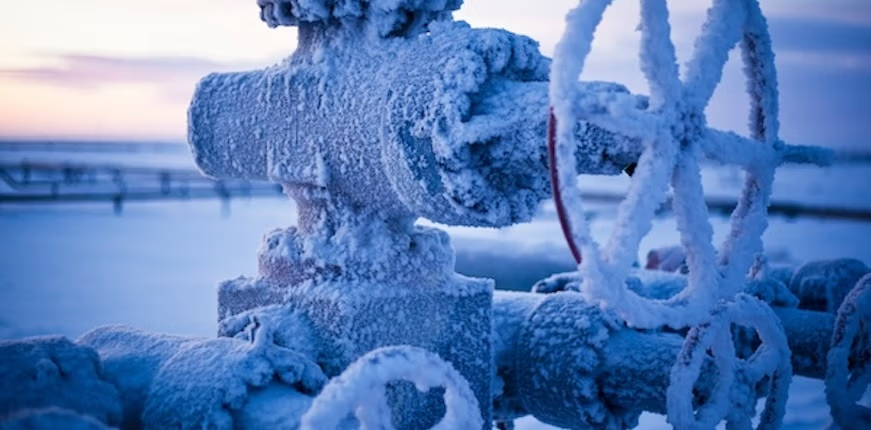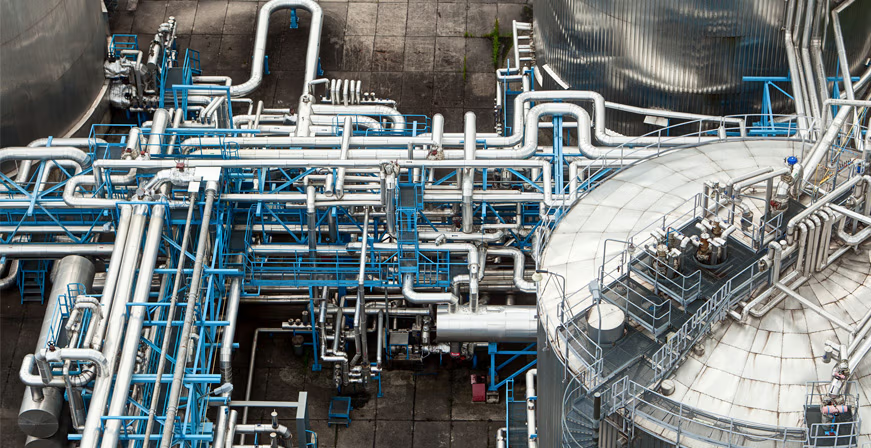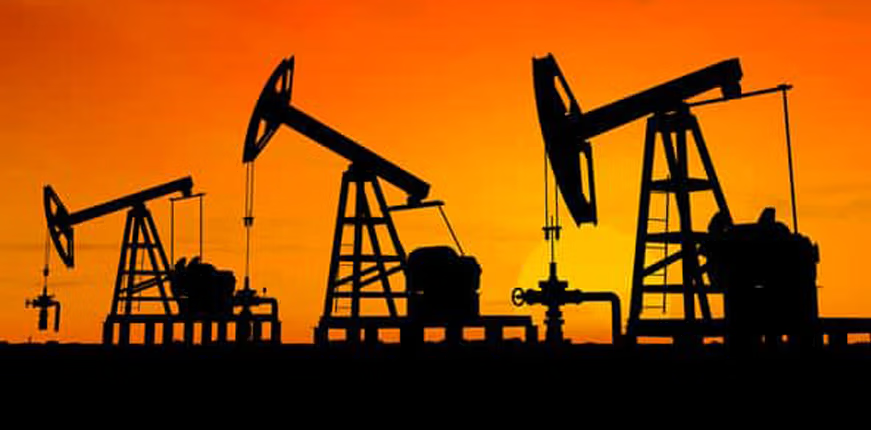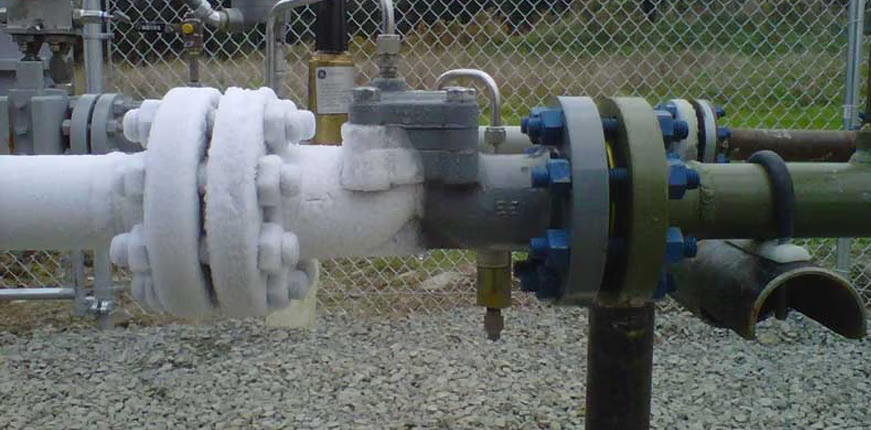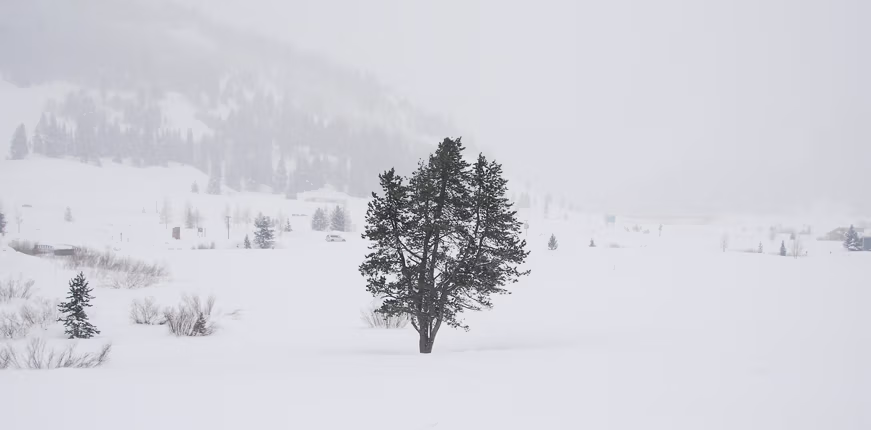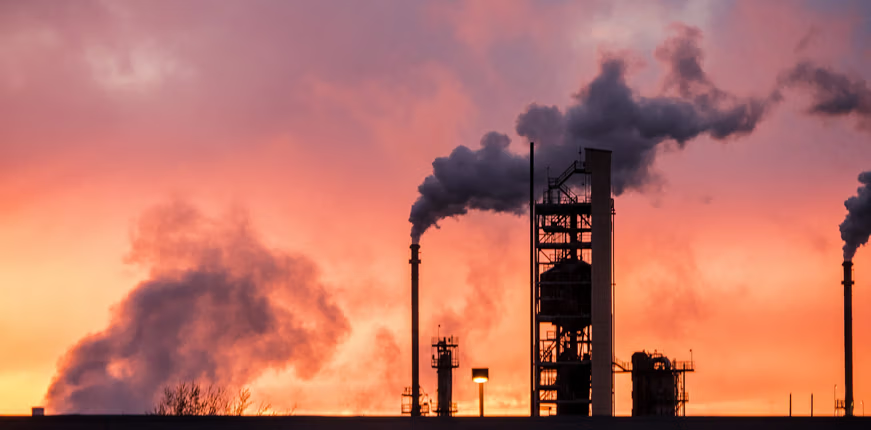Stop gas system freeze-offs. Catco enclosures and heaters prevent gas regulator freezing from the Joule-Thomson Effect.
Need better control over your catalytic heater? Orifice exchange kits help you switch fuels, adjust for altitude, and improve efficiency fast.
Texas is known for its unpredictable weather patterns, with significant fluctuations in temperature throughout the year. These climate shifts can have substantial implications for both natural gas facilities and the population of Texas as a whole...
Polyethylene Pipe in the Oil and Gas Industry
From longer lasting to increased flexibility, increased efficiency and innovative installation; high density polyethylene pipes are rapidly becoming the industry standard for oil and gas gathering. Beyond those advantages, the most impactful is that it meets all the standards required to transport natural and other gases, per federal regulations in compliance with 49 CFR 192.
Oil and gas companies have only recently begun to realize the full potential of big data in the industry. Data-recording sensors upstream can boost efficiency, increase safety...
The oil and gas industry moves huge amounts of fuel around the U.S. in more than 2.6 million miles of pipelines. Disrupting these movements with frozen valves results in costly scenarios for operators. How do these frozen valves occur? There are various situations where a control valve can freeze over, but one of the most common ones is due to...
Is natural gas system reliability a given this winter? Most of us will not have forgotten Storm “Uri” that caused widespread outages in February 2021 – especially if we were among the many millions without power. Crucial natural gas production was widely held up due to...
Trends in the oil and gas industry are important to note in 2021. This is because an industry-wide shift is occurring – largely the result of a few key trends. Changes in technology have contributed to much of that development, but there are several other factors at play. These include changes within the workforce and a move to greater use of robotics.
What Is a Hazardous Location?
A hazardous location is an area where there is a risk of an explosion due to the presence of an explosive mixture/atmosphere. For example, common elements that make these areas hazardous include ignitable concentrations of flammable gases, vapors, combustible dust, or ignitable fibers.

